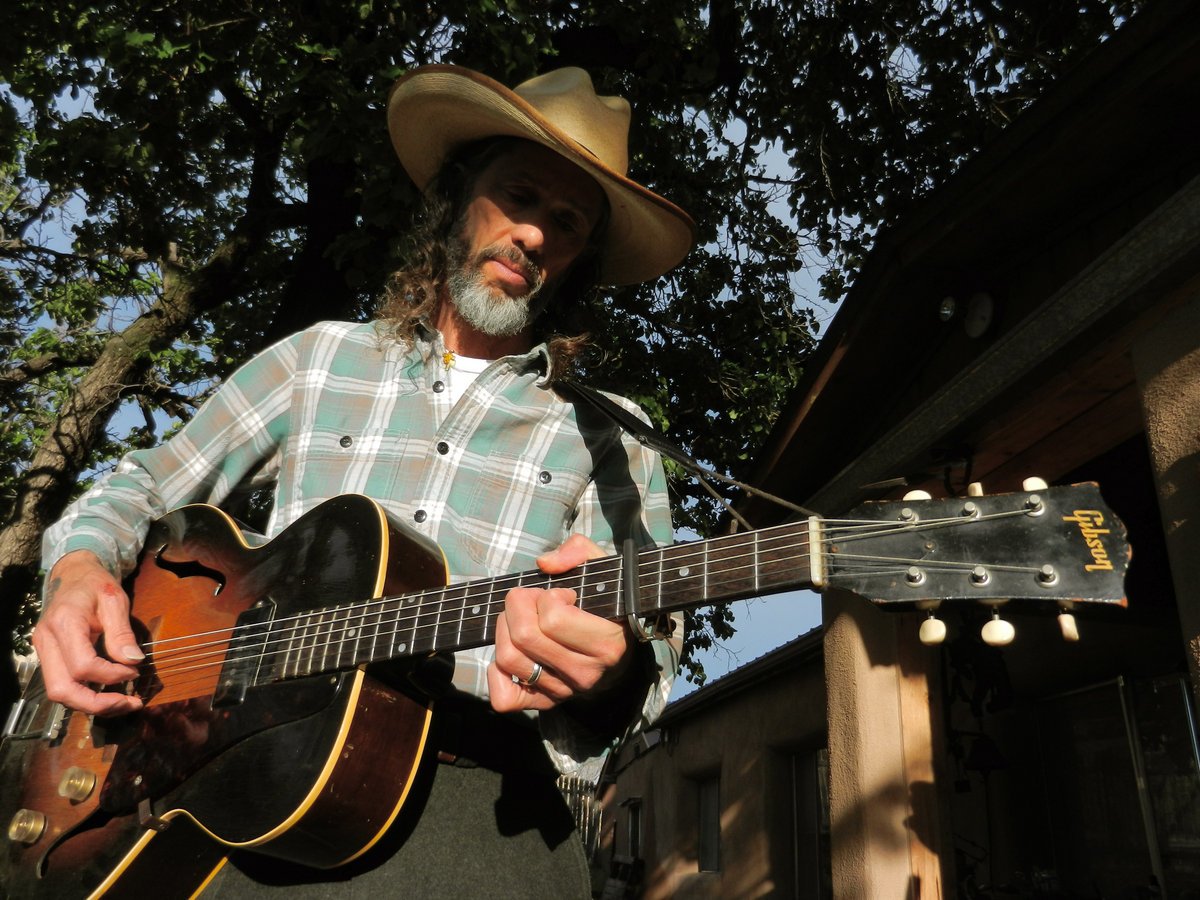1) Weyes Blood, “And in the Darkness, Hearts Aglow” / “Beauty” is a word often sapped of meaning as we, as I, overuse it. But it’s all I can come up with to describe the new one from Natalie Mering. Cold fronts of distance and loneliness meet warm, swirling sounds to create a gorgeous storm. Everyone from Bjork to ‘70s songwriters are referenced here, but Mering is always her own artist, chasing her instincts and finding every beautiful bend in these songs.
2) Charles Lloyd, “Trio of Trios” / The august 84-year-old saxophonist continues to shape and reshape the jazz world. This gathering of three trio projects features Lloyd keeping fine company—artists such as Bill Frisell, Gerald Clayton, Julian Lage and Zakir Hussain staff these various bands; exploring a wide swath of modal folk styles; and achieving a flawless tone throughout.
3) Bill Mallonee, “Here It Opens With A Prayer, But It Closes With A Song” / Mallonee belongs in every conversation we convene about great, living American songwriters. His prolific nature perhaps works against him, in terms of listeners keeping pace and paying due attention, but Mallonee’s catalog is consistent in both its quality and wisdom. The songs on his latest are as wide-open and complicated as the American West, gospel music of a strange and powerful sort.
4) Lydia Millet, “Dinosaurs” / I fell hard for this quiet, spiritually generous novel from Lydia Millet. The book’s description promises one thing—the tale of a lovesick man walking across America to outpace his heartbreak. And it keeps that promise, but mostly settles that scenario in its first pages. When Gil, Millet’s protagonist, makes it to his new Arizona abode, the book truly finds its stride and becomes a thoughtful meditation on what it means to belong—and how outrunning our demons can lead us straight into the quietly wonderful angels of our nature.
5) Alissa Wilkinson, “The very human, very troubling stories we tell ourselves about crime” for Vox / Always astute and humane in her analysis, Wilkinson sifts the latest same-old narratives about urban crime with help from her patron saint, Joan Didion. As someone who has endured similar conversations about my central-city neighborhood in a small Midwestern college-town, Wilkinson’s observations on her NYC home and other metro areas felt both familiar and unimaginable. Here, she hits the heart of the matter she unpacks:
“And when people ask me if ‘New York is safe,’ they don’t want to know about numbers. They’re asking about feelings.”



